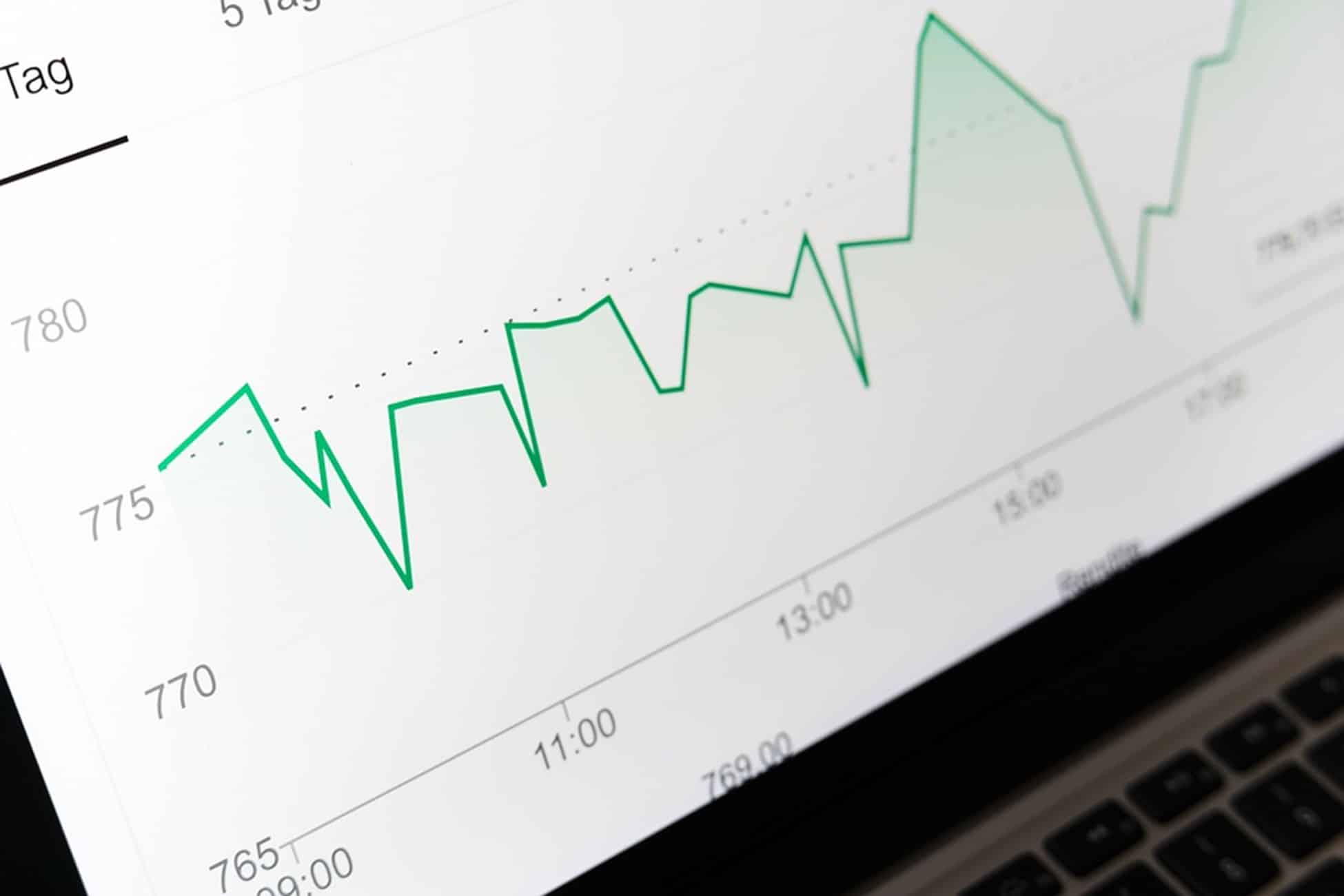If you’ve been following the news lately, you’ve likely heard the term “inflation” a lot. The economy is important and affects nearly everything we do. Whether you need gas for your car or have multiple stocks in your retirement portfolio, the economic health of the country impacts you.
As you probably know, high rates of inflation can strain the economy and its consumers. But what about deflation? If that’s the opposite of inflation, it’s probably a good thing, right? Truth be told, this isn’t always the case.
The former pro football player and politician Jack Kemp once said, “The real problem is deflation. That is the opposite of inflation, but equally serious to the borrower.” Here are some important things to know about understanding inflation, what causes it, its impact, and what you can personally do about it.
The Difference Between Inflation and Deflation
Inflation and deflation are two sides of the same coin. They both describe the relative cost of goods and services. Inflation is the increase in the price of goods and services over a specific period, while deflation is the decrease in the price of goods and services. To make it simple, let’s use a metric like gas prices.
In two years, the price of gasoline has been inflated by 150%. In 2020, the average price of gas was under $2 per gallon. In 2022, the average price of gas is over $5 per gallon.
Ten gallons of gas cost about $20 in 2020, while ten gallons in 2022 would cost about $50. If the price of gas had fallen to $1.50 in 2022 instead of increasing to $5, it would have “deflated” by 25%.
In the above example, you may think deflation is always good. After all, who wouldn’t want price points to decrease? This is true to an extent.
Minor deflation of certain goods and services over time is a hallmark of a healthy economy. However, the key is to find out what’s causing the price of goods to “deflate.”
Think of deflation as a symptom of an underlying illness. If a person has rosy cheeks, this could mean that they’re a healthy person. However, it could also mean that they have a fever. It’s unwise to assume rosy cheeks or deflation are always good things.
What Is Deflation?
Deflation is the opposite of inflation or the decrease in the price of goods and services. With deflation, the average person’s purchasing power increases as they’re able to buy more of the same goods or services with the same amount of money.
Deflation is commonly measured over some time, usually year to year. During a period of deflation, the inflation rate dips below 0%. The seemingly constant rate of inflation means that deflation is a rare occurrence.
Deflation was more common in the United States before 1948, when the Bretton Woods system was established. The period of 1815-1860 saw considerable deflation in America.
That span was between the end of the War of 1812 and the beginning of the American Civil War. Once the Civil War ended, there was more deflation in the United States from 1865-1900. Then came the most seismic period of deflation in US history: the Great Depression from 1930-1933.
Since then, the United States has only experienced two periods of deflation: the Great Recession of 2009 and 2015, when the inflation rate dipped to -0.1%.
What Causes Deflation?
Deflation occurs when there’s a shift in an economy’s relationship between supply and demand. If there’s a marked increase in supply and a decrease in demand, that will typically cause the cost of goods and services to fall.
Other factors contributing to deflation are elevated interest rates, a drop in consumer confidence, or a fall in production costs. Advancements in technology could also trigger deflation. Technological advances could allow companies to produce their products more efficiently, thus increasing the supply for a lower cost.
The final cause of deflation is the exact inverse of inflation. With inflation, as more money is printed, the value of that money goes down. The opposite phenomenon occurs with deflation. If there’s a decrease in the money supply, then deflation will likely follow.
In general, the higher the interest rate, the more likely that people will want to save their money. Money that’s saved isn’t in circulation and isn’t a part of the money supply.
The Impact of Deflation
It’s easier to understand deflation’s pitfalls when viewed through a top-down lens. Deflation presents its share of problems if it becomes a long-term trend.
People aren’t the only ones who carry debt. Banks and businesses usually have their fair share of debt as well. Thus, deflation can lead to an increase in real-value debt.
When there’s deflation, goods and services cost less. But, when it comes to debt, the amount owed doesn’t change. This increases pressure on borrowers.
For example, someone takes out a $300,000 loan on a $300,000 house. If there’s deflation, the value of that house could drop to $280,000. Thus, the borrower’s wages may be cut because their employer can’t make as much money from the decreased costs of goods and services.
The borrower still owes $300,000 even though their house isn’t worth that anymore, and they just took a pay cut. Think about this situation magnified, multiplied, and amplified. This can allow you to understand how a “deflation spiral” can begin to form.
Here’s how a deflation spiral happens: prices fall, which causes companies to reduce wages. Reduced wages lead to less consumer spending. Less consumer spending means less revenue for companies, who now are saddled with more real-value debt.
Some debtors will default on their loans, which makes banks less likely to loan out money. If the banks fail, then it’s the 2009 recession all over again.
How to Protect Your Family From Deflation
Fortunately, you can take steps to protect your family from deflation. Some of these double as financial advice you can use at any time:
- Pay down debts
- Keep reserve cash on hand
- Refrain from spending money before you have it
- Be on the lookout for second sources of income
- Be careful when buying a home
- Use caution with stock investments
- Think about savings bonds
As always, it’s smart to have a diversified financial portfolio. In addition to some of the abovementioned investments, you could also invest in “defensive stocks.” These are companies that people must patronize regardless of economic conditions.
These include manufacturers of food, drugs, and toilet paper. Stocks that pay out a dividend are also good investments during deflation, as are savings accounts and certificates of deposits (CDs).
As a parent, you likely know that there’s more to getting your family through difficult economic times than managing finances. When managing your family’s day-to-day activities, do your best to remain productive and stay optimistic.
After all, if you made it through the Great Recession and the COVID-19 pandemic, a bit of deflation shouldn’t be much trouble at all. Here are four ways to decrease your household expenses.






